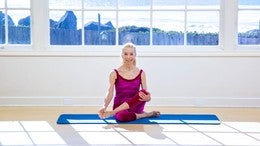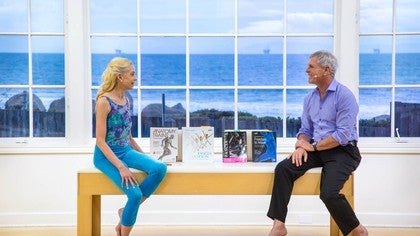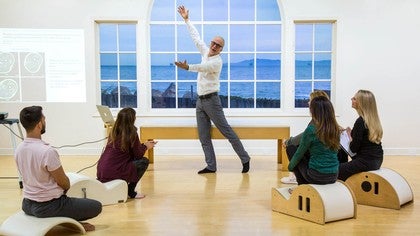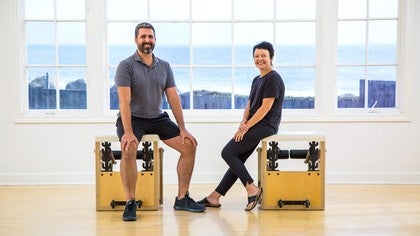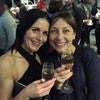Premium Continuing Education workshop
You can view a 2 minute preview. For details, scroll down below the video.
Workshop #3708
Interoception in Movement
Description
Objectives
- Learn about interoception and how it impacts how and why we move
- Learn more about the nervous system and how it is connected to different receptors such as the interoceptors
- Learn movement patterns that will give a balance between comfort and challenge so that you can improve proprioceptors without shocking the interoceptors
About This Video
Continuing Education Credits
If you complete this workshop, you will earn:
3.0 credits from Pilates Association Australia (PAA)
The Pilates Association Australia (PAA) is an independent and not-for-profit organization established by the Pilates industry as a regulatory body for control of quality instruction, member support, and integrity within all legitimate approaches to the Pilates Method.
Workshops: Anatomy and Fascia
Comments

You need to be a subscriber to post a comment.
Please Log In or Create an Account to start your free trial.

